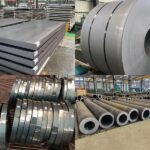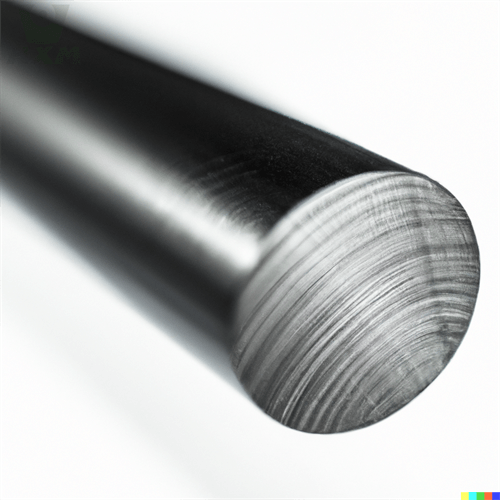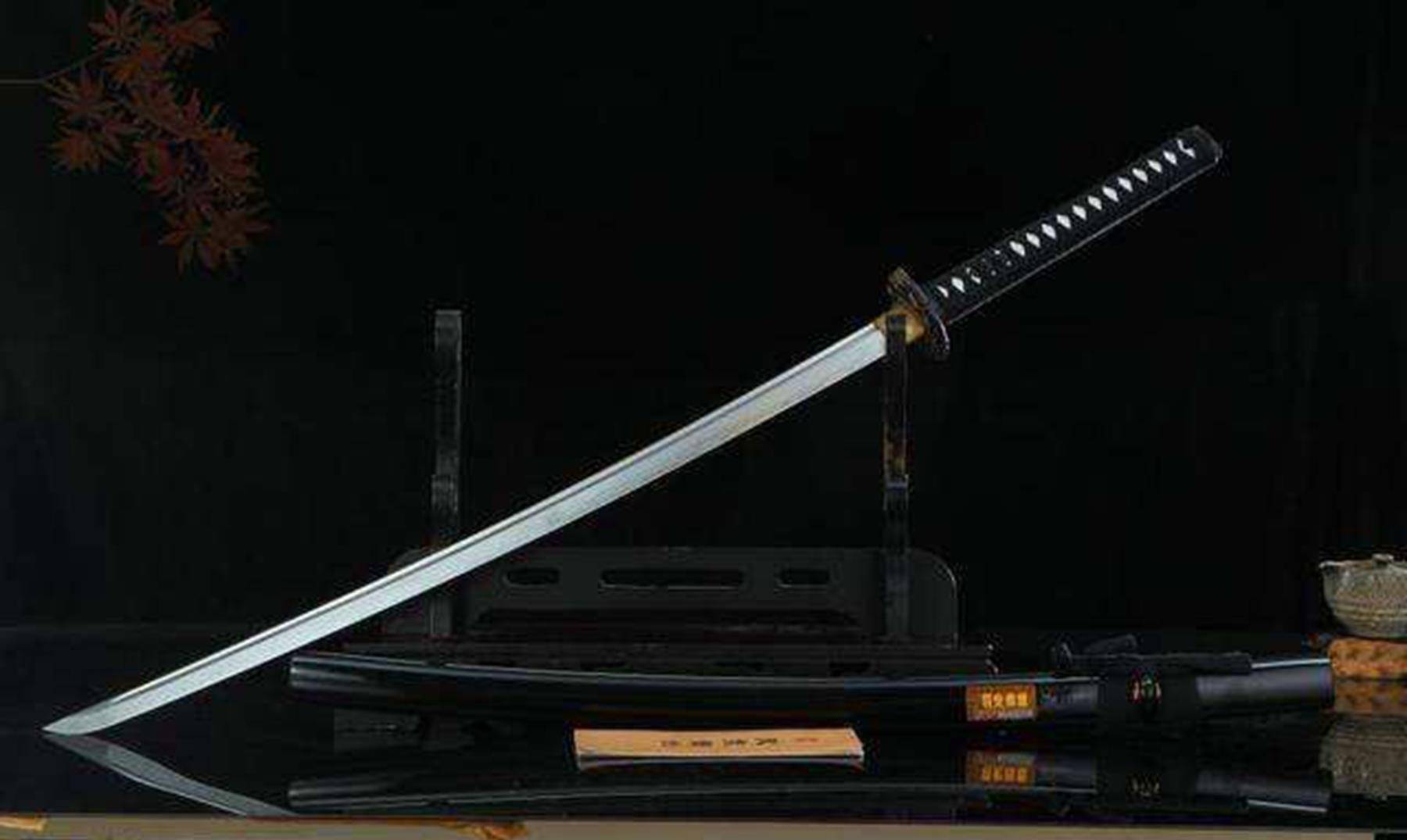The material differences between 316 and 316L stainless steel are as follows:
1. The content of molybdenum in 316L stainless steel is slightly higher than that of 316 stainless steel.
2. The upper limit of C content of 316 is 0.08%, and the upper limit of C content of 316L is 0.03%. The higher the C content, the easier it is to cause intergranular corrosion.
3. The lower limits of tensile and yield strength of 316 are 515 and 205MPa, respectively, and the lower limits of tensile and yield strength of 316L are 485 and 170MPa, respectively.
4. Heat resistance. In the range of 800-1575 degrees, it is best not to continuously act on 316 stainless steel, but when 316 stainless steel is continuously used outside this temperature range, the stainless steel has good heat resistance. 316L stainless steel has better resistance to carbide precipitation than 316 stainless steel.
5. Heat treatment. Annealing in the temperature range of 1850-2050 degrees, then rapid annealing, and then rapid cooling. 316 stainless steel cannot be hardened by heat treatment.
6. Welding. 316 stainless steel has good welding performance and can be welded by all standard welding methods. In order to obtain the best corrosion resistance, the welded section of 316 stainless steel needs to be annealed after welding. If 316L stainless steel is used, post-weld annealing treatment is not required.
Performance characteristics:
Due to the addition of molybdenum, 316 stainless steel has excellent corrosion resistance, atmospheric corrosion resistance and high temperature strength, and can be used under harsh conditions; it has excellent work hardening (non-magnetic). As a low-carbon series of 316 steel, 316L stainless steel has the same characteristics as 316 steel, and has excellent grain boundary corrosion resistance.
316 stainless steel is a kind of austenitic stainless steel. Due to the addition of Mo, its corrosion resistance and high temperature strength are greatly improved. The high temperature resistance can reach 1200-1300 degrees, and it can be used under harsh conditions.
The main applications are heat exchangers for pulp and papermaking equipment, dyeing equipment, film washing equipment, pipelines, and exterior materials for buildings in coastal areas. In 2013, it was also used in the field of solenoid valves, mainly used in housings, clamps, spheres, valve bodies, valve seats, nuts, valve stems, etc.
316L stainless steel is often used in pulp and paper equipment heat exchangers, dyeing equipment, film washing equipment, pipes, exterior materials for buildings in coastal areas, and bracelets and cases of high-end watches. Equipment used in sea water, chemical, dye, paper, oxalic acid, fertilizer and other production equipment; photography, food industry, coastal facilities, ropes, CD rods, bolts, nuts.
Features:
1) The appearance of cold-rolled products is good and beautiful;
2) Due to the addition of Mo, it has excellent corrosion resistance, especially pitting corrosion resistance;
3) Excellent high temperature strength
4) Excellent work hardening (weak magnetic properties after processing)
5) Non-magnetic in solid solution state;
6) Compared with 304 stainless steel, the price is higher.
Annealed solution state:
No. 1, 2B, No. 4, HL and other surface conditions.
316L is a stainless steel containing molybdenum. Because the steel contains molybdenum, the overall performance of this steel is better than 310 and 304 stainless steel. Under high temperature conditions, when the concentration of sulfuric acid is lower than 15% or higher than 85%, 316L stainless steel has a wide range of use. 316L stainless steel also has good resistance to chloride corrosion, so it is usually used in marine environments.
316L stainless steel has a maximum carbon content of 0.03, which can be used in applications that cannot be annealed after welding and require maximum corrosion resistance.







